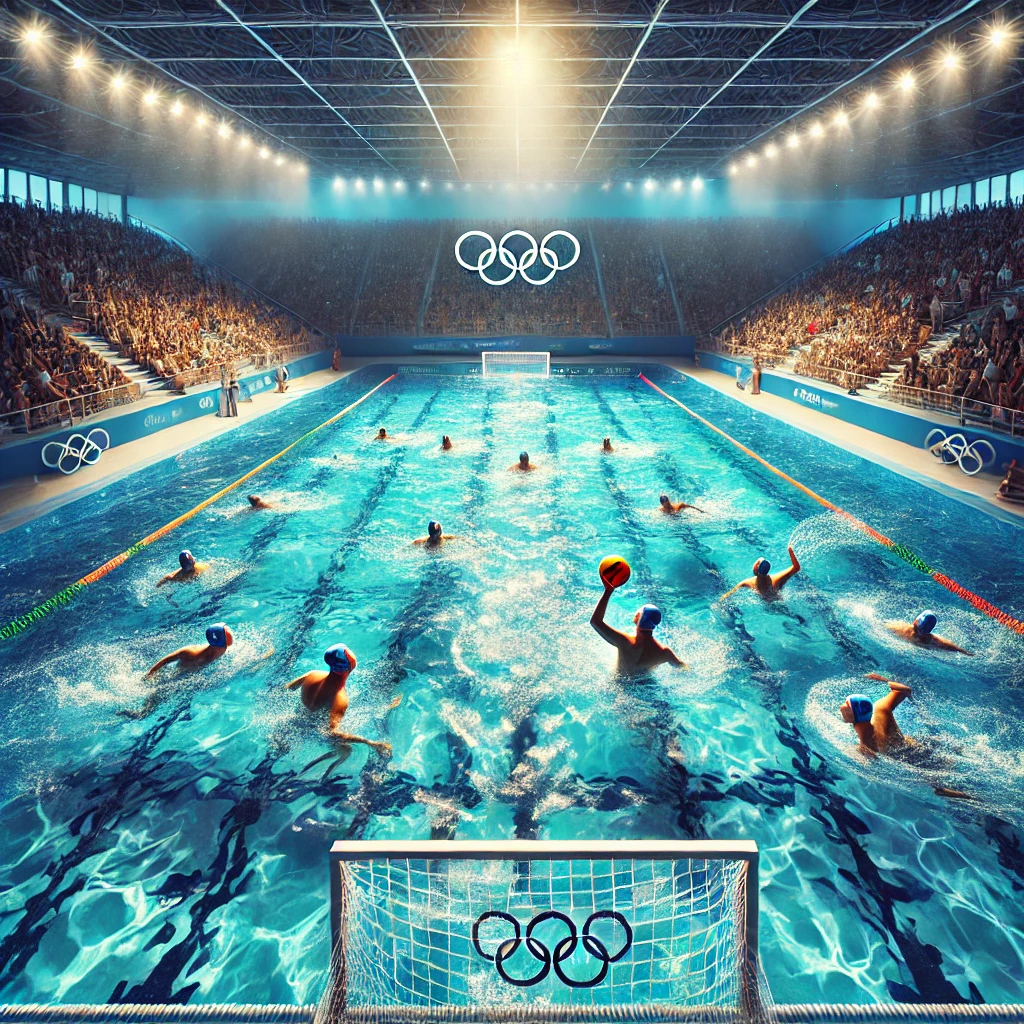
Water polo is one of the most exciting and physically demanding sports in the world. Played in water, it combines elements of swimming, teamwork, strategy, and ball-handling skills. However, to fully understand the nuances of the game, it’s important to know the environment in which it’s played—particularly the depth of the pool. So, how deep is a water polo pool? This article will explore the official depth requirements, why depth matters in water polo, and key facts that every water polo enthusiast should know.
Understanding Water Polo Pool Depth Requirements
The depth of a water polo pool plays a significant role in how the game is played. The water polo pool is not just a standard swimming pool; it has very specific design features that allow for optimal gameplay.
1. Official Depth Standards
The official depth of a water polo pool is dictated by the sport’s governing bodies, such as FINA (Fédération Internationale de Natation), the international federation responsible for water sports. According to FINA regulations, the minimum depth of a water polo pool must be at least 1.8 meters (5.9 feet). However, most competitive water polo pools exceed this minimum requirement, often ranging between 2 to 3 meters (6.5 to 9.8 feet) in depth.
The reason for this depth requirement is simple: players need to be able to swim and maneuver freely without their feet touching the bottom. This ensures that the game remains fluid, fast-paced, and focused on swimming and ball handling rather than relying on the bottom of the pool for support.
2. Pool Depth for Men’s and Women’s Competitions
While the depth of water polo pools is largely standardized, some differences may exist in pool dimensions depending on the competition level. For example, in major international competitions like the Olympics, both men’s and women’s water polo games are played in pools that adhere to the same depth requirements.
- Men’s and women’s pools must both meet the minimum depth of 1.8 meters.
- However, to ensure safety and provide ample space for players to move freely, many competitive pools are designed with a depth of 2 to 2.5 meters.
In some cases, underwater cameras are used in high-level tournaments, and these cameras need a deeper pool to capture the action effectively.
3. The Importance of Pool Depth in Water Polo
The depth of a water polo pool isn’t just about meeting regulatory standards. The depth impacts various aspects of the game, including player strategy, skill development, and overall performance. Let’s take a look at why depth matters in water polo.
Free Movement and Safety
One of the most critical reasons behind the depth requirement is to ensure player safety and allow free movement in the water. Players are constantly swimming, treading water, and positioning themselves to receive passes, block shots, or create scoring opportunities. If the pool were too shallow, players would be able to touch the bottom, making it easier to rest and recover without fully engaging in the game.
In addition, a deeper pool reduces the risk of players accidentally injuring themselves while trying to gain position. Since players often make aggressive movements, such as jumping or swimming at high speeds, a sufficient pool depth ensures that there is enough room for such actions without collisions with the bottom.
Encouraging High-Level Skills
Water polo requires a combination of advanced swimming skills, ball-handling, and tactics. A shallow pool would limit players’ ability to focus solely on the game’s skill set because players would likely rely on the bottom for leverage or positioning. In deeper pools, however, players must rely more on swimming, treading water, and maintaining a high level of endurance.
As a result, the game becomes more dynamic, requiring faster-paced action and advanced strategies. Players must constantly stay above the water surface, making it more challenging to perform skills like shooting, passing, or blocking without the support of the pool floor.
Ball Handling and Passing
In addition to encouraging better overall skills, the depth of the pool also influences ball handling. Since players cannot touch the pool bottom, they must remain afloat using their legs and arms. This constant movement and focus on staying above water make passing and ball-handling more challenging and, in turn, more exciting to watch.
The depth also has an impact on how players pass the ball to one another. In deeper pools, passes tend to be higher and more airborne, whereas in shallow pools, the ball may be passed at lower angles, giving players fewer opportunities to intercept or block the ball.
Increased Physical Intensity
Playing water polo in deeper pools forces athletes to work harder. The sport requires continuous treading water, which demands significant cardiovascular fitness. Players cannot touch the bottom to push off for extra momentum, so they must rely entirely on their core strength and leg muscles. The increased physical demands make the game more competitive and exhilarating for both the athletes and the spectators.
Water Polo Pool Dimensions
In addition to depth, water polo pool dimensions must also meet specific requirements. FINA regulations dictate that the pool must be rectangular and:
- Length: The pool must be at least 30 meters (98.4 feet) long.
- Width: The pool should be 20 meters (65.6 feet) wide.
These dimensions ensure that the pool is large enough to accommodate the size of the playing field, allowing for effective team strategies and enough space for all players.
FAQs About Water Polo Pool Depth
1. Why is a water polo pool so deep?
The depth of a water polo pool allows players to tread water effectively and perform various skills like swimming, passing, and shooting without touching the pool bottom. Deeper pools also enhance safety by preventing injuries from players hitting the pool floor while making aggressive moves.
2. Can a water polo pool be shallower than 1.8 meters?
According to official regulations set by FINA, the minimum depth of a water polo pool must be at least 1.8 meters. Anything shallower would make it difficult to play the game properly and safely.
3. How does the pool depth affect the game of water polo?
A deeper pool forces players to rely on their swimming and water-treading abilities, creating a faster-paced, more skillful game. It also ensures player safety, as they cannot touch the bottom for support.
4. Is the depth the same for all levels of water polo?
At the highest competitive levels, including international tournaments and the Olympics, the depth requirements are strictly enforced. For lower-level competitions, while the pool depth may not always meet FINA standards, pools used for water polo generally follow similar depth regulations.
5. Can a pool be too deep for water polo?
While pools can be deeper than the minimum requirement, going too deep is not necessary and might make the game less accessible. Deep pools are typically reserved for high-level competitions or for special training purposes.
Conclusion
Understanding how deep a water polo pool is not just about meeting official standards; it’s about ensuring the sport is played to its highest level. Depth influences everything from the safety and skill development of players to the pace and intensity of the game itself. By adhering to specific depth requirements, water polo pools are designed to create the ideal environment for one of the world’s most exciting sports. Whether you’re a player, coach, or fan, knowing the importance of pool depth can help you appreciate the game at an even higher level.




